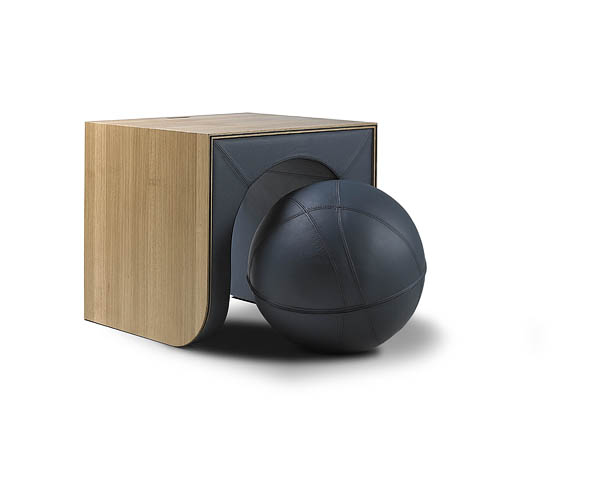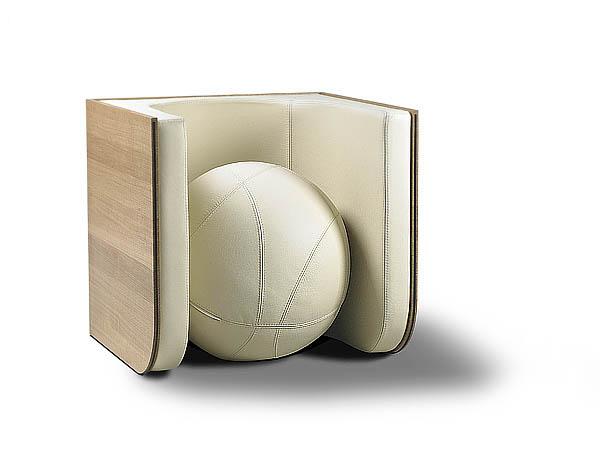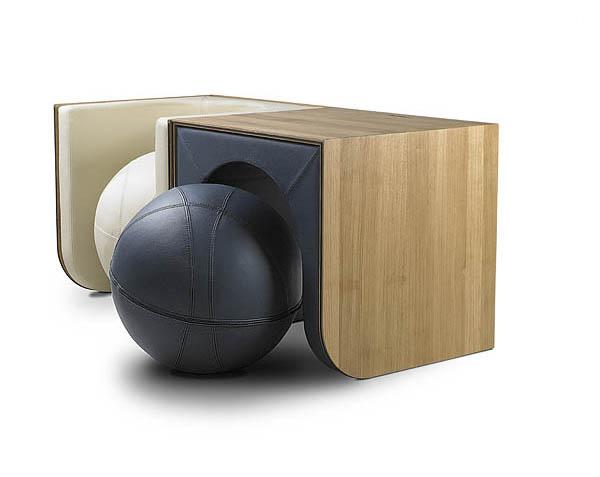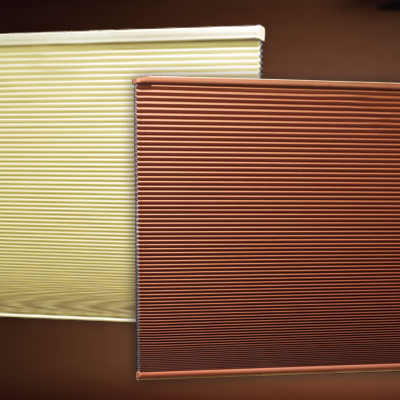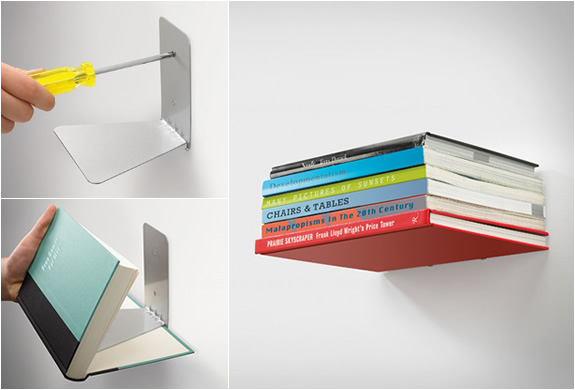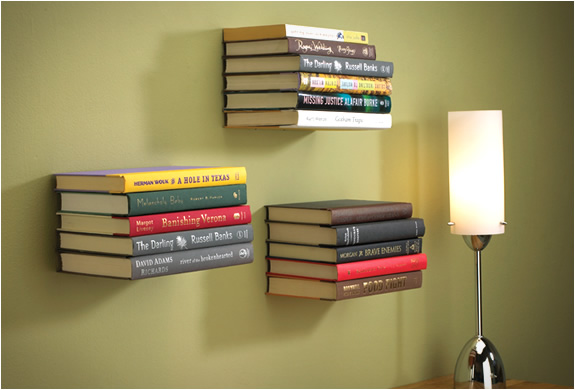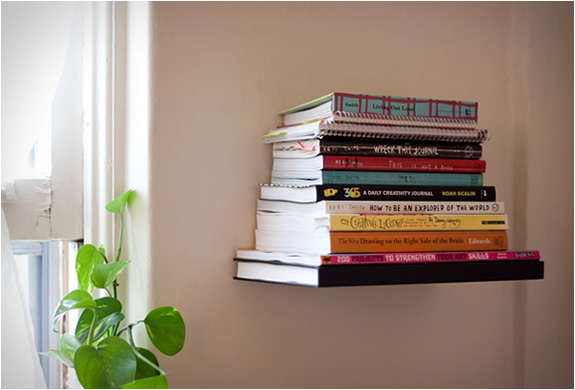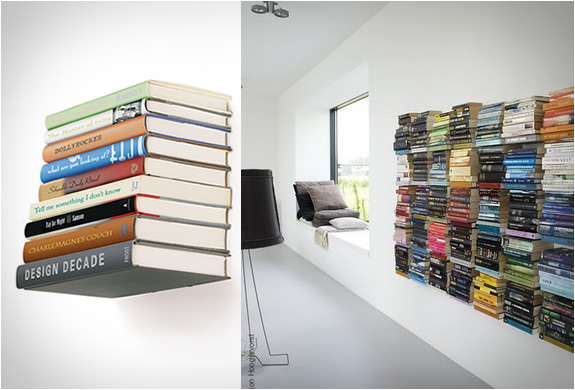Innovative furniture by Ellen Ectors “swiTCh” is really playful. The whole set is consist of table and chair where the back side of chair serves as table when rolled towards front and balls big balls as seat of chair. Well if you need to use table then you will sit on just a ball? Regardless anything this furniture set is really cute and comfortable. BUY it here

